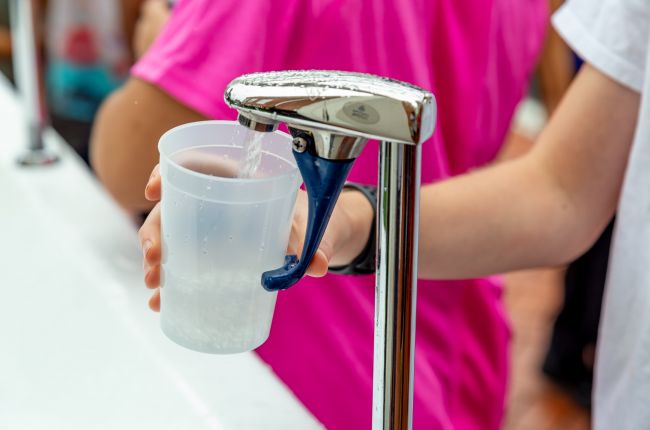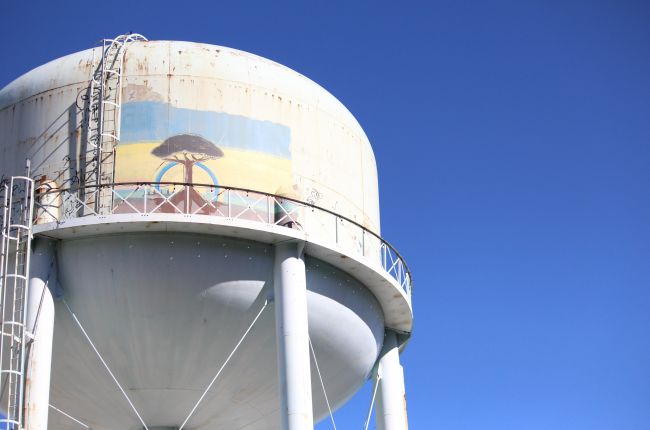Clean water is necessary for life and is essential for a strong economy. Overdemand, water quality constraints, allocation issues, and climatic variability are some of the challenges affecting our Nation’s water supplies. Effective planning and management strategies are critical for sustaining agriculture, electricity generation, fisheries, industry, transportation, recreation, drinking water supplies, and healthy ecosystems. Geoscientists provide expertise necessary for effective water resource planning, management, and sustainability, and they are conducting research to better understand and predict changes in the amount, quality, and location of water resources.
To optimize clean water availability:
Increase monitoring of both the quantity and quality of surface water and groundwater. Knowledge of the state of water resources and how they change both spatially and over time is critical for protecting, maintaining, and restoring the Nation’s water quality and quantity. It is important to collect, manage, and widely share this information effectively.
Improve understanding of connections within the hydrologic cycle and between water resources and other critical issues. We need to better understand the interaction between surface water and groundwater and integrate that knowledge into water and land management practices. Implementation of practices such as managed aquifer recharge and aquifer storage and recovery (ASR) support sustainability of water supplies. Understanding links between water and other critical issues— including energy, agriculture, mining, natural hazards, transportation, and waste disposal— facilitates integrated planning and optimal decision making.
Balance smart water use and conservation practices with ecosystem needs in changing climatic conditions. Healthy ecosystems purify water and air, mitigate flooding, reduce erosion, and perform other key services, but ecosystem health depends on sufficient water availability. Seawater intrusion is impacting our coastal lowlands and aquifers thereby reducing essential habitat and sources of fresh drinking water.
Develop and maintain infrastructure to collect, treat, store, and deliver safe water to meet changing needs and conditions. About 6 billion gallons of clean drinking water are lost daily from failing infrastructure and leaking pipes in America1 . The high costs of infrastructure development, maintenance, and replacement, such as lead service lines, and water sourcing decisions, such as in Flint, Michigan, impose growing financial burdens and require long-term planning based on geologic principles and innovative engineering.
Address new and persistent sources of contamination and identify threats to water quality in a timely manner. Water quality is threatened by long-recognized contaminants— such as trace elements, pesticides, industrial spills, excess salt from roadway deicing, and nutrients primarily from agricultural sources— as well as newer pervasive compounds such as pharmaceuticals, microplastics and per- and polyfluoroalkyls (PFAS), which are related to non-stick coatings and aqueous film forming firefighting foams, among many other uses. Expanding national lab capacity to test for emerging contaminants is key to defining the scope of contaminant issues in our water




